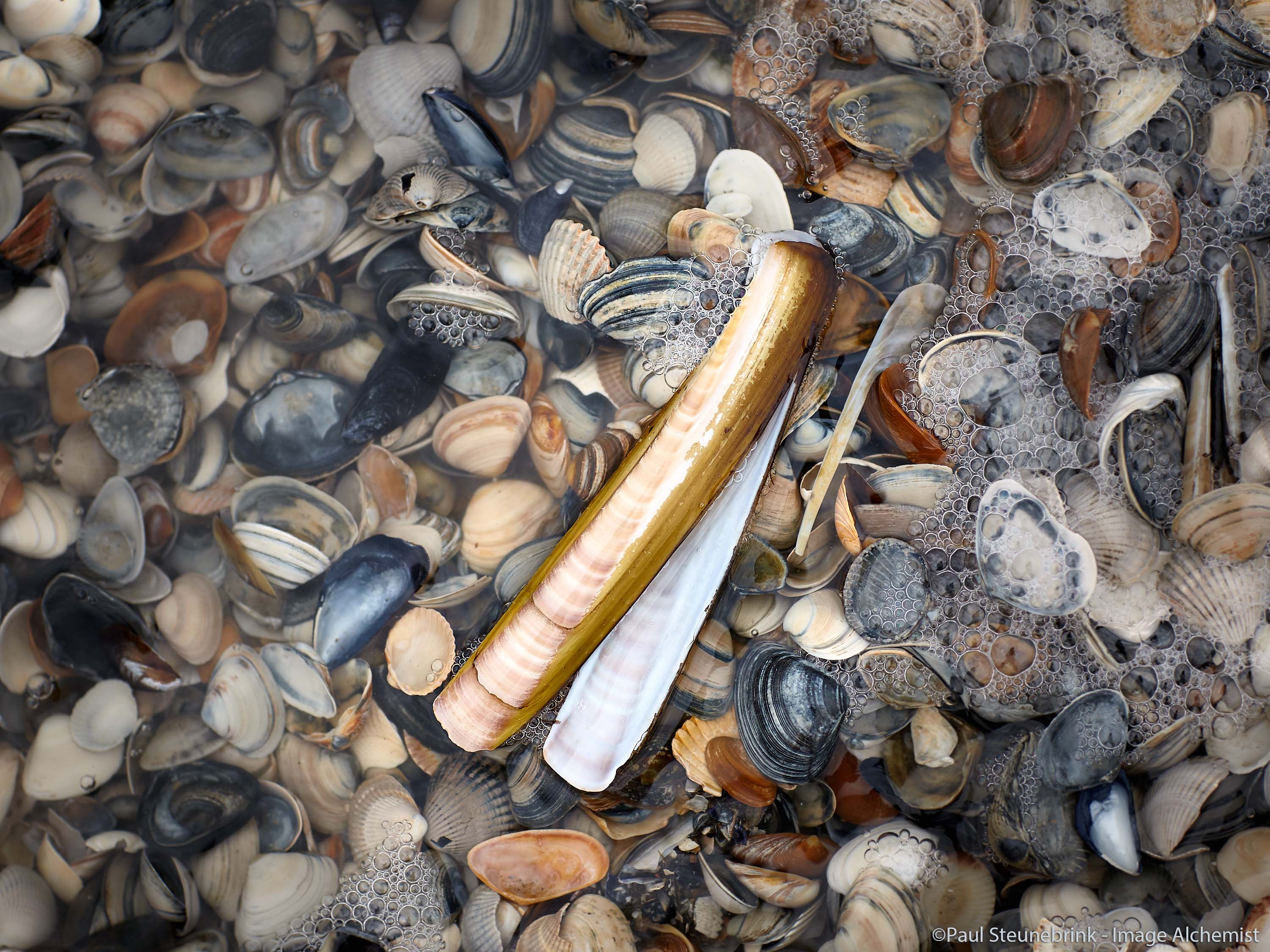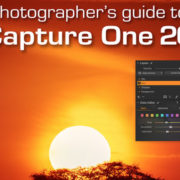Capture One Pro 8.1 Review
Updates of raw imaging software like Capture One are no surprise. They contain the usual bug fixes and new camera support. Every now and then a new feature is added or an existing feature enhanced. However, not many had expected Phase One would add a bunch of novelties in their first point release. Discover what is new in this Capture One Pro 8.1 review?

Capture One Pro 8.1 Review
As I suggested in my earlier review Phase One did not bring all their cards to the table with version 8.0 of Capture One. Capture One 8 mainly brought speed and stability to our workflow. Now, from 8.1 it becomes clear that Phase One plans to implement what it has in mind for Capture One 8 lifecycle in manageable steps.
New features and stability seem to divert, not converting in software development. By taking fewer steps at one time, stability can be maintained while adding features. Expect nevertheless some polishing in upcoming maintenance releases, like 8.1.1 and so on. That said, let’s dig into the new release and explore it.
Edit With
The biggest eye-catcher in this release is probably the pair of new commands to open and edit images directly from your Catalog or Session and have changes updated in Capture One automatically. These two commands, Edit With… and Open With, have a clear but subtle difference that you need to understand, to be able to benefit from their strengths. Both commands can be found in the File menu or by right-clicking a thumbnail.
The Edit With… command opens the Edit Recipe dialog like when exporting. Here you select your options like JPEG or TIFF file and the editor to open the exported image with.
 When ready, you hit the Edit Variant button and the following actions happen:
When ready, you hit the Edit Variant button and the following actions happen:
- the exported image appears in your Browser next to the original;
- the exported image is stored in the same folder as the original;
- your image is opened with the selected editor, for example, Photoshop. After you edit and save the image in the editor, the browser and viewer in Capture One are automatically updated.
You use this command typically when you like to process and edit a raw image to TIFF or JPEG and like to store the end result in the same library as the original. It always processes the image before opening it in an editor, so it creates an additional image each time you use this command.
Open With
The Open With command allows you to select an editor and immediately use the selected image with that editor. Capture One does not process the image and adds nothing to your library. When you use this command on a raw file, the result depends on how the selected editor handles a raw file.
Photoshop, for example, will open with the Camera Raw plugin. The result of that action is not fed back into the Capture One library. When the image is a processed file like a JPEG or TIFF file, the editor will let you edit and save the file. You see the result in the Capture One library like with the Edit With… command.
So depending on your purpose select the proper command, the Edit With… or Open With command. Sometimes you might use them both. First, you use Edit With… command to process a raw file, edit the processed image and save the end result automatically back into the library. Later, for additional edits on the processed file, you use the Open With command.
What About the Cursor Tools?
The release notes of Capture One 8.1 lists the new features, among which are Quick Cursor Tools. The term was a bit confusing for some of us.
Cursor tools are tools that perform an action with the aid of the cursor. That cursor becomes the tool to “do something” with the image in the viewer. For example, the crop tool uses the cursor to crop, the white balance tool uses the cursor to pick an area to white balance the image. You can select the cursor tool quickly from the toolbar but for the tool settings, you needed to go to the related tool on the tool tab.
To speed up your workflow, from Capture One 8.1 onwards you are now able to quickly pop-up the tool settings inside your viewer after selecting the cursor tool from the toolbar. There is no need to look up the tool on the tool tab anymore.
Simply put in a how-to: select the cursor tool, for example, Keystone; for accessing the tool’s settings, right-click in the viewer; the tool pops up; adjust your settings and use the tool. The tool settings automatically disappear when you move the cursor away from the tool. A lot of words to explain what is plain simple.
Note that a few quick cursor tools actually already existed before Capture One 8.1: the Spot Removal settings and the Brush/Eraser settings. Also, the Color Readout and the Pan cursor tool provide cursor tool features when you right-click in the viewer.
Now with version 8.1, this is expanded with the following tools and their related cursor tool: Overlay, Crop, Rotation & Flip, Keystone, White Balance, Levels, and Curve.
Multiple On-Screen Guides
Another new in the user interface are the Guides in the Viewer. You enable the Guides via Edit menu > Show Grid and Guides, Cmd+G (Windows: Ctrl+G) or from the toolbar. In the Viewer, you see one vertical and one horizontal guide. You can move each guide with the cursor to help you with your composition.
In Capture One Pro 8.1 you can add multiple guides both horizontal and vertical from the View menu. I do not know what the maximum amount is, but 25 guides of each seem possible and should you give sufficient guidance…
Note that new guides you add are positioned in the middle of the viewer.
Also new here is that you can lock and unlock the guides, and clear all guides in one sweep. Removing guides individually is done by moving a guide to the edge of the Viewer. Note that adding a guide enables the Show Grid and Guides feature if it was not already switched on. And, by the way, remember that you can change the guideline color from the Preferences, Crop tab.
Renaming and Tokens
In Capture One you are able to name and rename an image file with the aid of so-called tokens. These tokens are available during capture, import, batch rename, and output. Now, from version 8.1 the list of tokens has expanded considerably, in numbers from 25 to 86 tokens. The main addition is a series of tokens that read IPTC metadata into your file name.
Tip
To easily find a specific token, use the Group drop-down list in the Naming Format dialog
When doing batch rename you have an additional option to use find/replace text instead of tokens. You can use both if you like, consecutively. Last but not least, batch rename is now also available for a single image (currently Mac only). This means that all the token-magic is now available for a single image rename as well.
DIY or Auto Adjust
Auto Adjust is improved in case you not always Do It Yourself, the main adjustments I mean. You can use Auto Adjust for White Balance, Exposure, High Dynamic Range, and Levels from the Adjustments menu, toolbar or Cmd+L shortcut.
And by the way, if you ever asked yourself what auto adjust does with Rotation and Keystone, try it with a Phase One IQ file.
Select which option you want to include in Auto Adjust from the same menu or toolbar. Feature-wise nothing has changed, but on a random selection of images, I got much better and usable results compared to earlier versions of Capture One. Note that Auto Adjust is also available during import.
Nice to Have
Last but not least, a number of miscellaneous new features in Capture One Pro 8.1 are the icing on the cake: can do without but for some it will make all the difference in the world.
Tethered Live View for Sony A7-series cameras is available now. Note that some models (A7R?) need a firmware update for this to work.
Adjustments Layers have been limited to 10, now 16 layers are the limit per image. That comes in handy for the finishing touch, now more adjustment tools plus cloning and healing use adjustment layers.
The incremental camera controls refer to buttons with a plus or minus sign to increase or decrease settings like shutter speed, aperture, and exposure compensation. You can find it in the Camera Controls tool.

And…
The trial counter is reset if you have tried CO 8.0 but have not been convinced yet. This Phase One policy is resetting the counter with each point release (not with maintenance releases, like 8.0.2). The new trial period is 30 days, not 60 days as before. With regular point releases resetting the trial counter, a 60-day trial is a bit too much from a commercial point of view.
More
You can find more reviews on Capture One Pro 8 here. My initial review of Capture One 8.0 and my succeeding review of Capture One 8.2 are online.
Thank You
For reading. Please feel free to leave a comment. Like us on Facebook or subscribe to our newsletter to stay informed about new blogs.
Best Regards,
Image Alchemist

















As a commercial product photographer, the multiple guides, new Edit/Open With buttons and new tokens are really what I wished. I’d like to have an option to be able to measure the distance between guides (to make sure everything is well placed). C1 was made for the studio after all.
Anyway, nice article.
Hi Tristan,
An option to measure the distance between – or give a relative position – is not available, unfortunately. I have seen similar requests elsewhere. A suggestion I have seen as a workaround is to use the overlay feature. Would that help?
is it possible to add self-made tokens?
Hi Jean Claude, I am afraid this is not possible.